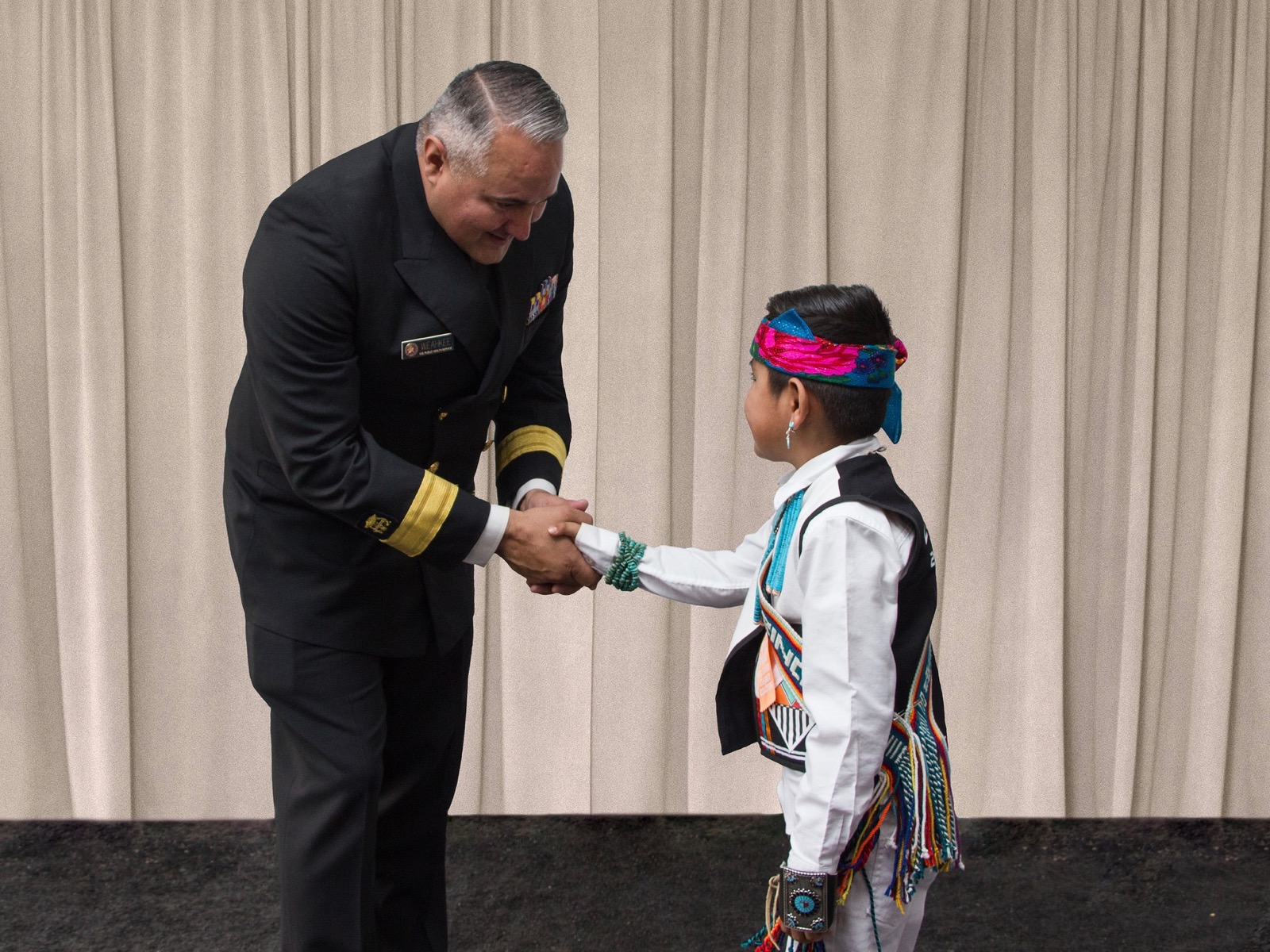Members of Congress are also taking steps to help IHS bring in more personnel. Just this month, the House Committee on Natural Resources approved H.R.5874, the Restoring Accountability in the Indian Health Service Act (RAISE Act), in order to boost recruitment and retention at the agency. “Today, tribal members are receiving life-threatening ‘care’ from a broken IHS. That urgently needs to change,” Rep. Kristi Noem (R-South Dakota), the sponsor of the RAISE Act, said after action on her bill. Noem, who is vacating her seat in Congress to run for governor of South Dakota, wrote the bill in response to the health care crisis in the Great Plains, a region that includes Nebraska and South Dakota. Since 2016, additional Commissioned Corps officers have been deployed to the region in order to improve the quality of care there. The U.S. Public Health Service Commissioned Corps has a long history in Indian Country. In 1911, the agency conducted the first study on the status of Indian health. "This study led to the first funding by Congress for American Indian Health," the agency said. When the Indian Health Service was initially created, it reported directly to the U.S. Surgeon General, according to the Commissioned Corps. The first director of the IHS was a Commissioned Corps physician. Though the IHS now reports to the Secretary of the Department of Health and Human Services, many of the agency's top leaders have been or are Commissioned Corps officers. They include Michael Weahkee, the Trump administration's "acting" director of the IHS, and Chris Buchanan, who also served as "acting" director for Trump. Read More on the Story:The @IHSgov has always been a troubled agency, its problems have worsened over the last five to ten years even after Congress enacted large increases in its budget. @RepKristiNoem's bill reforms the agency to better serve tribal communities. pic.twitter.com/lxh75AMGLq
— Natural Resources (@NatResources) June 13, 2018
White House wants to cut this public health service corps by nearly 40 percent (The Washington Post June 27, 2018)
Join the Conversation

